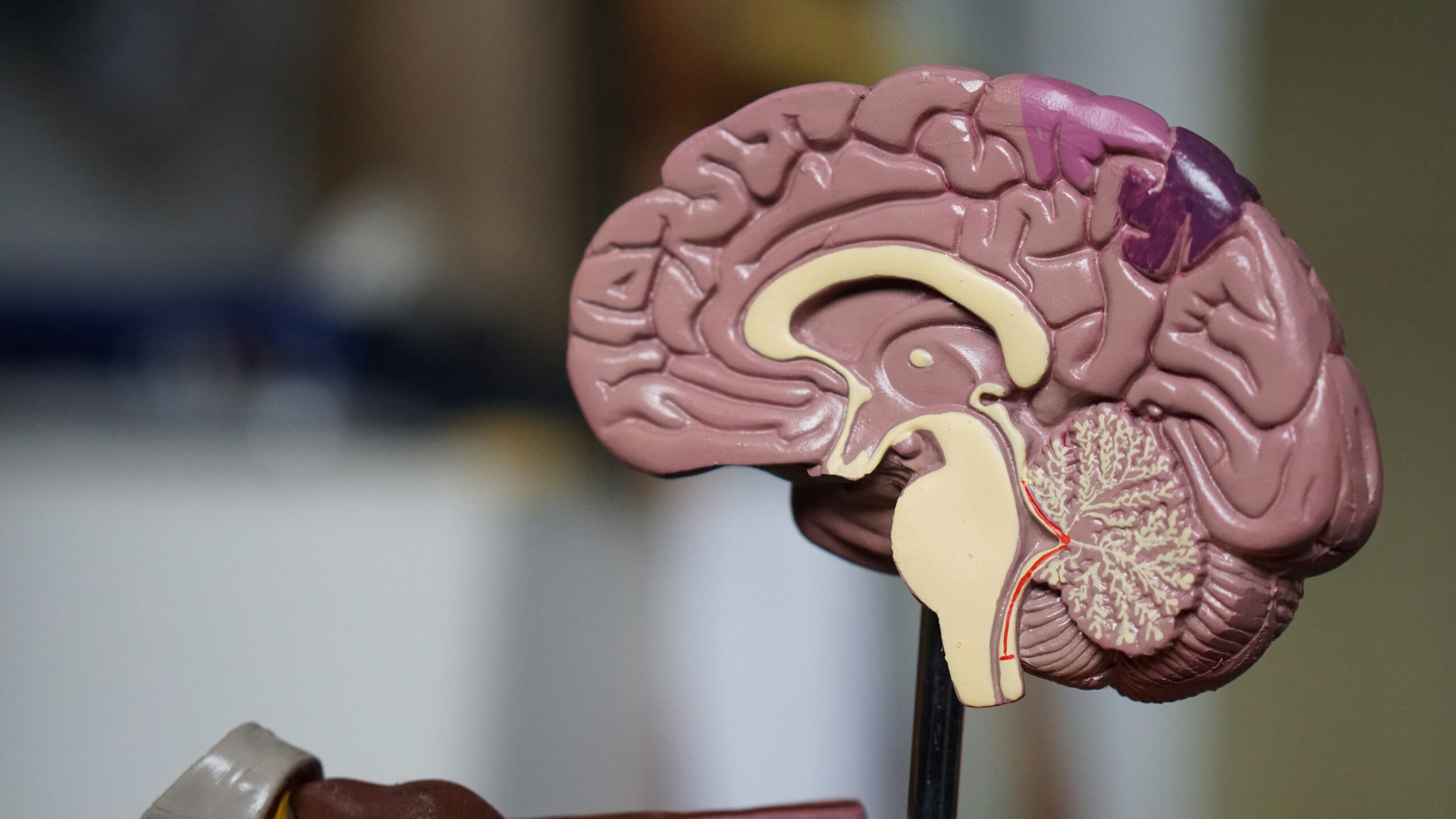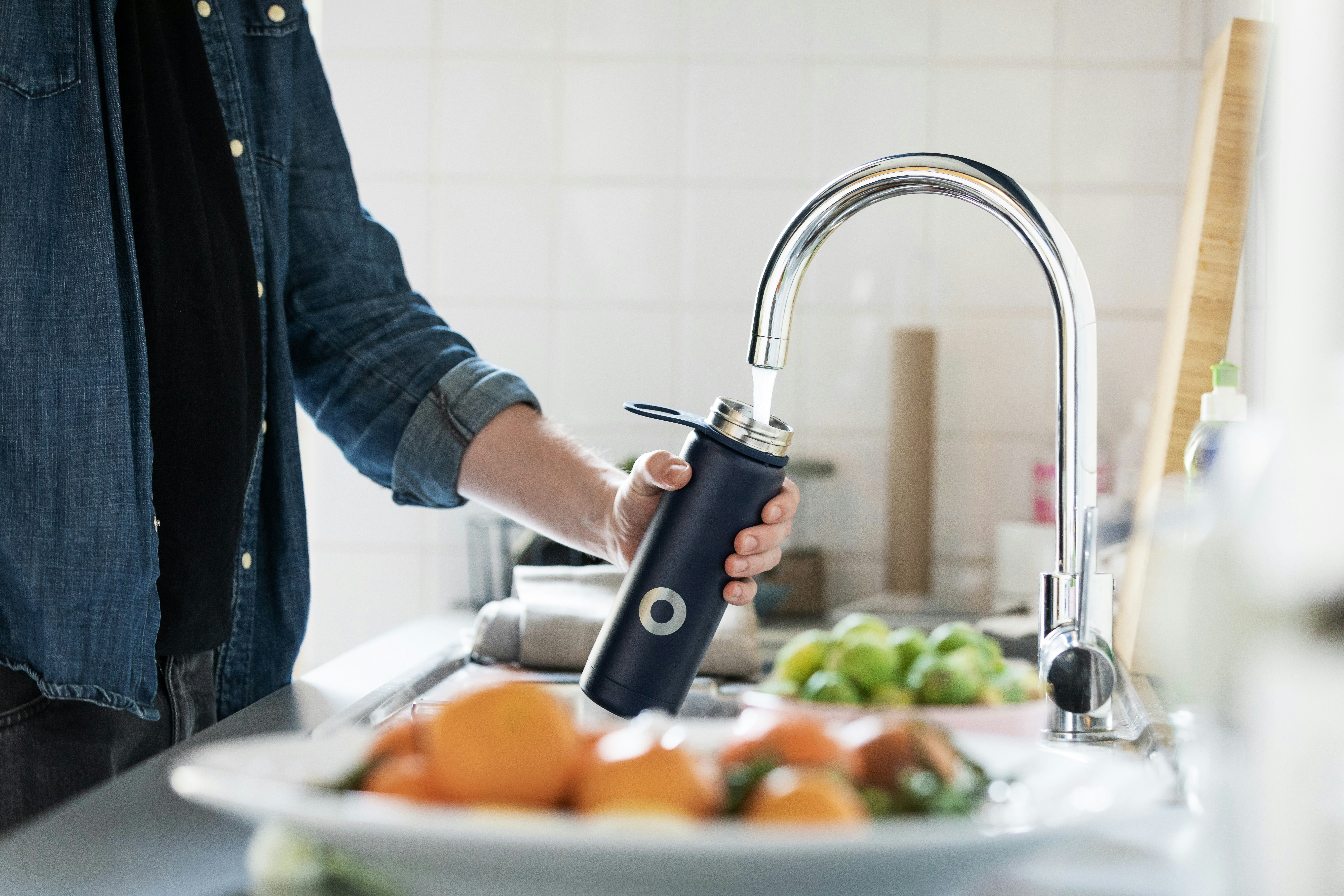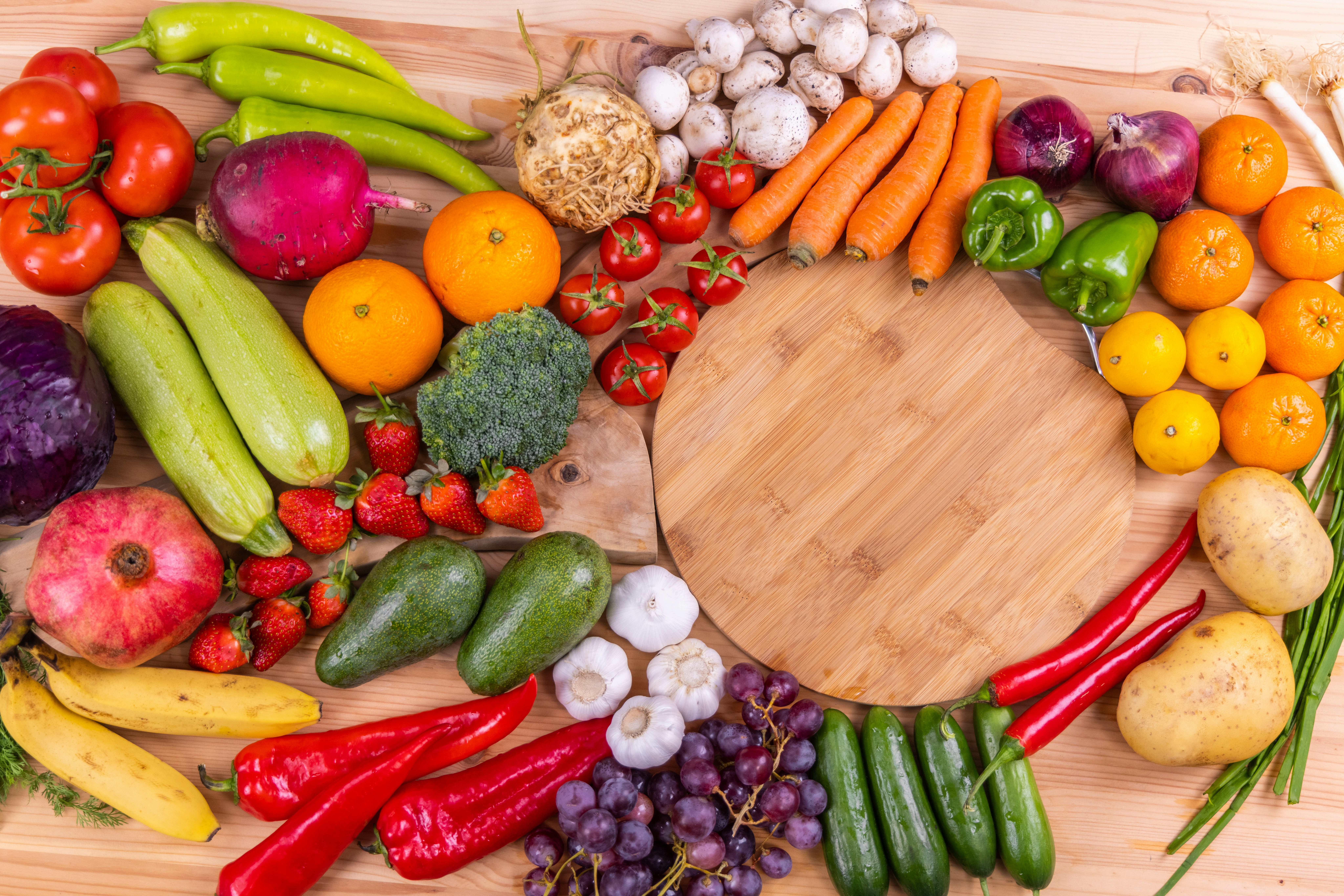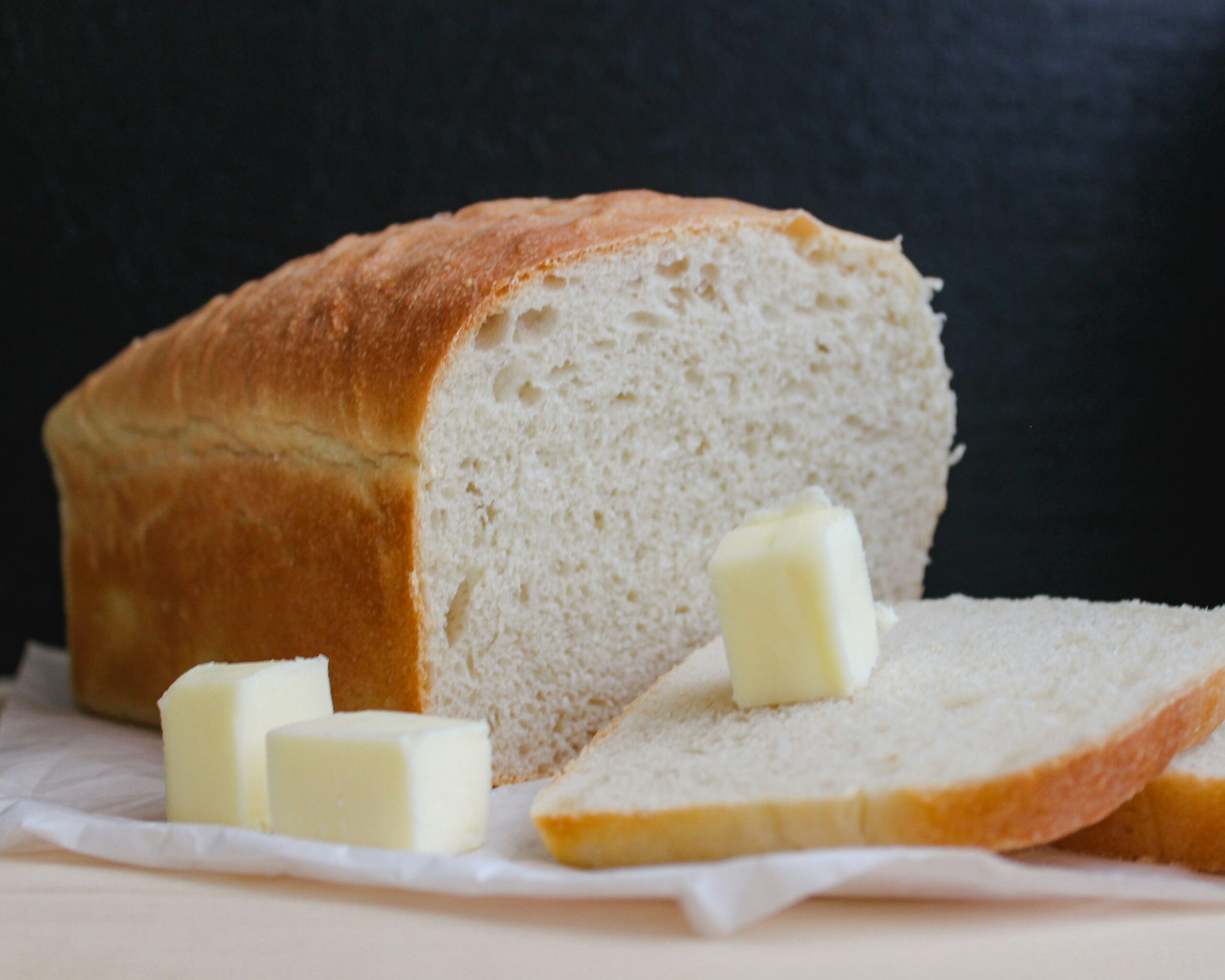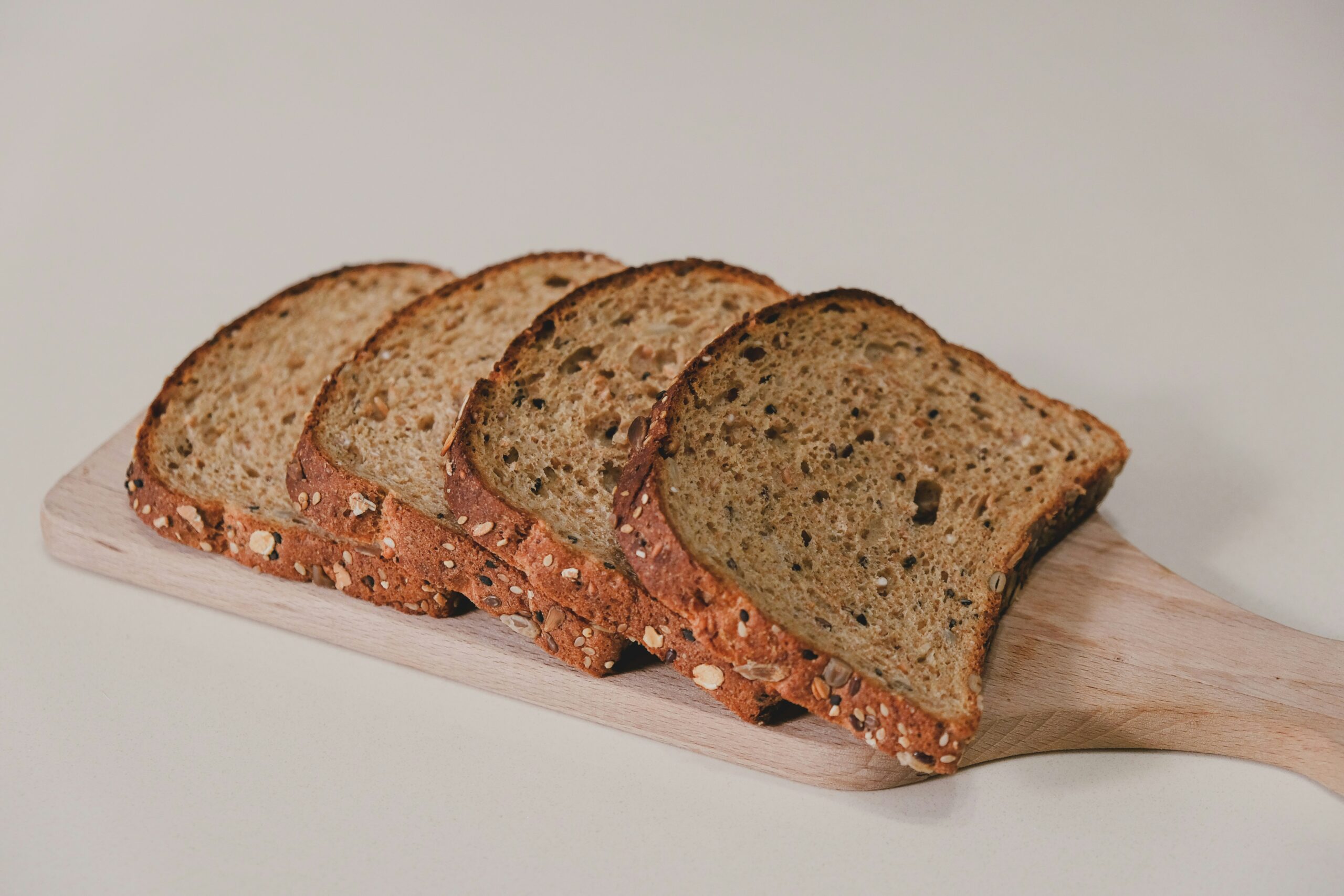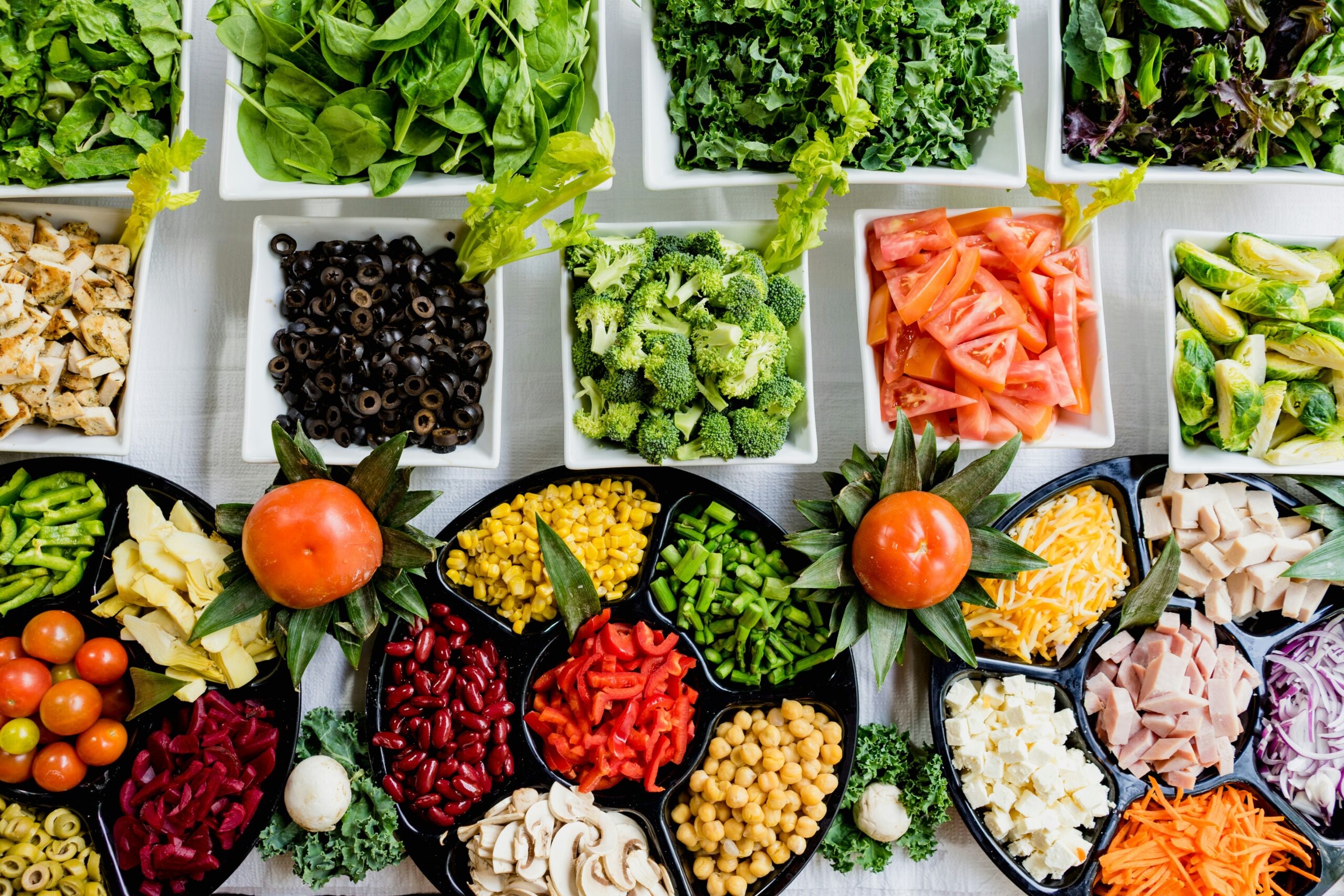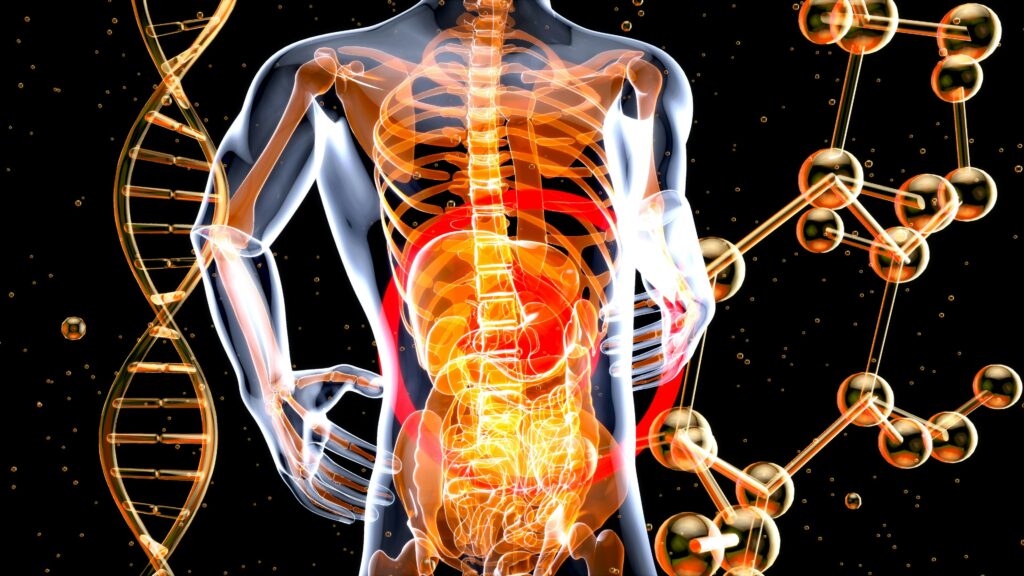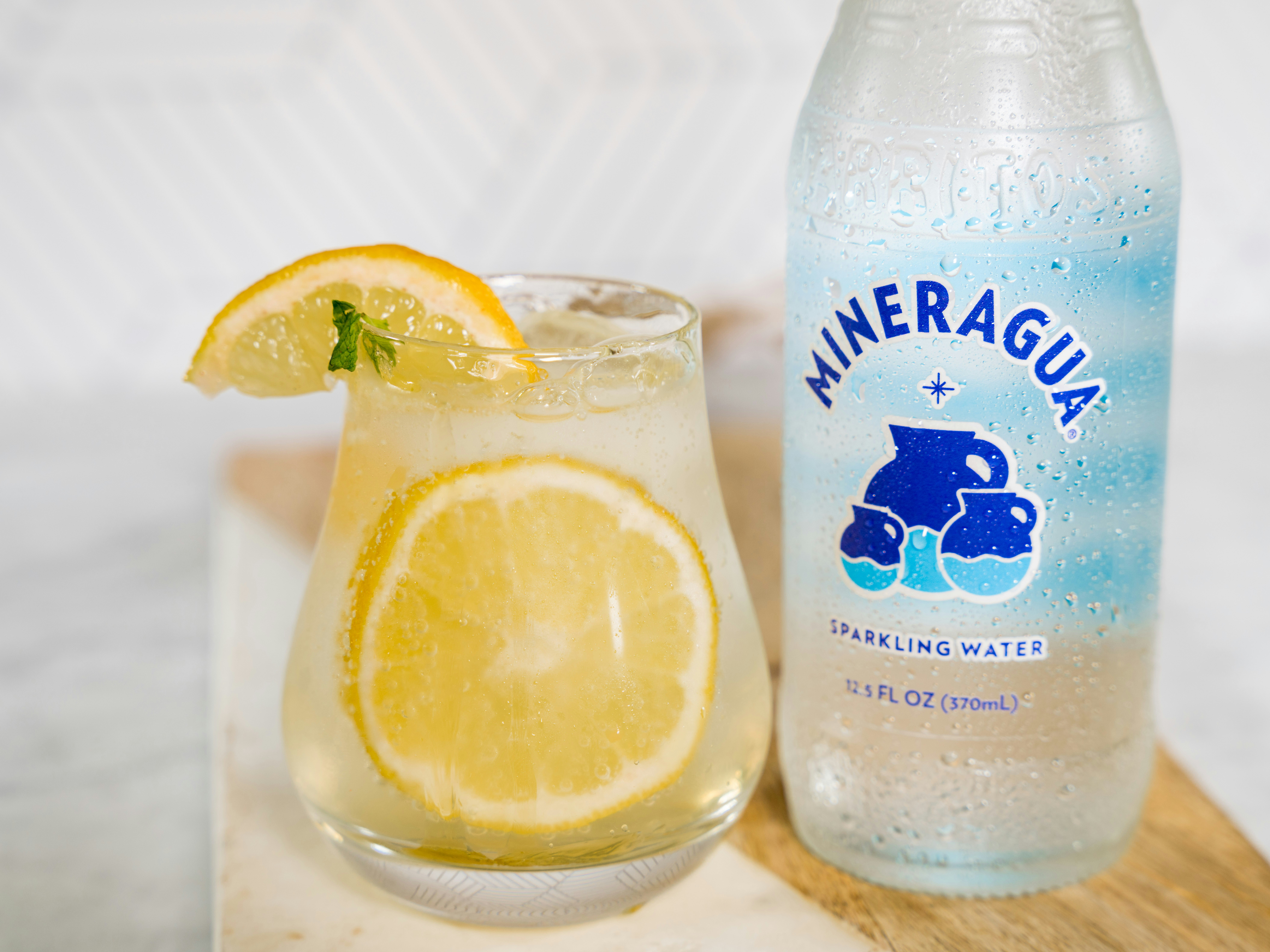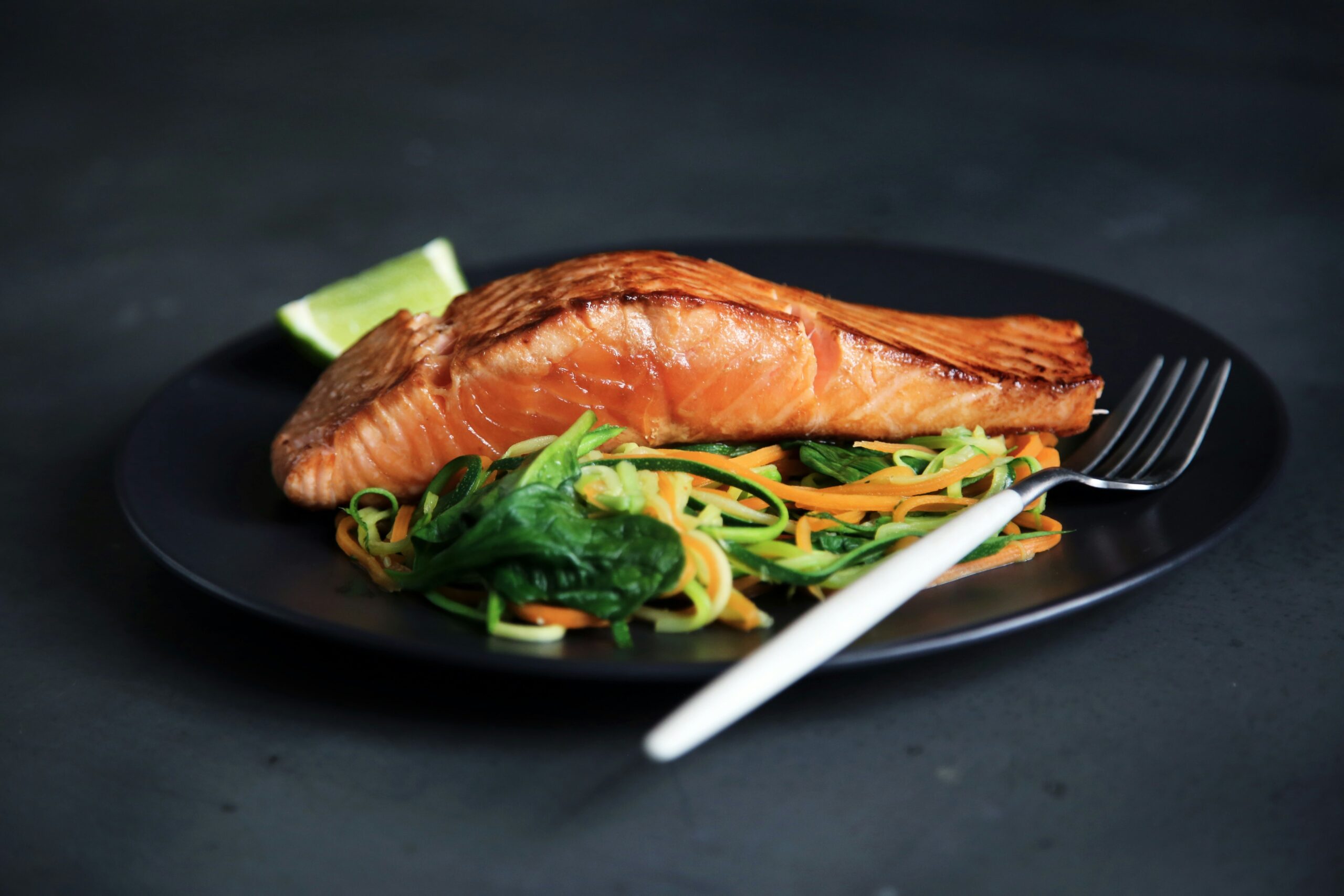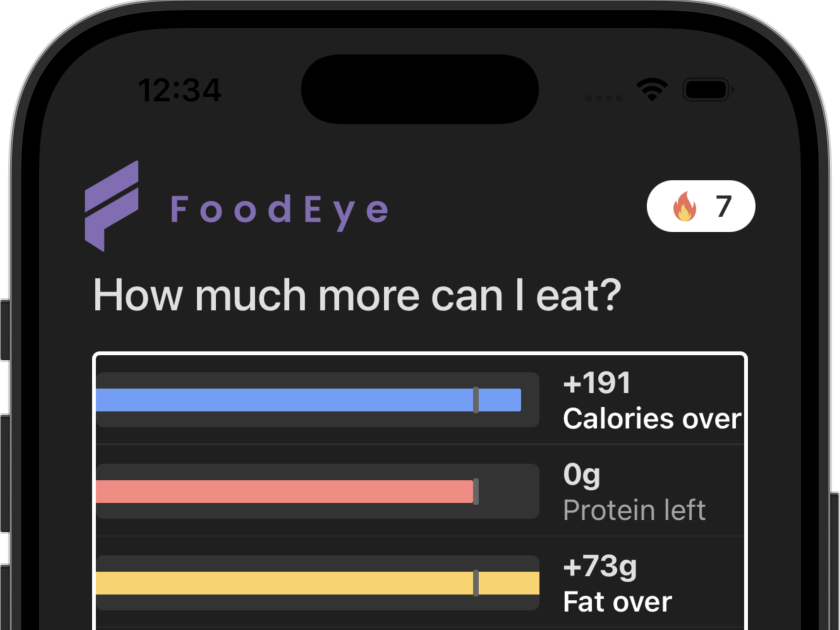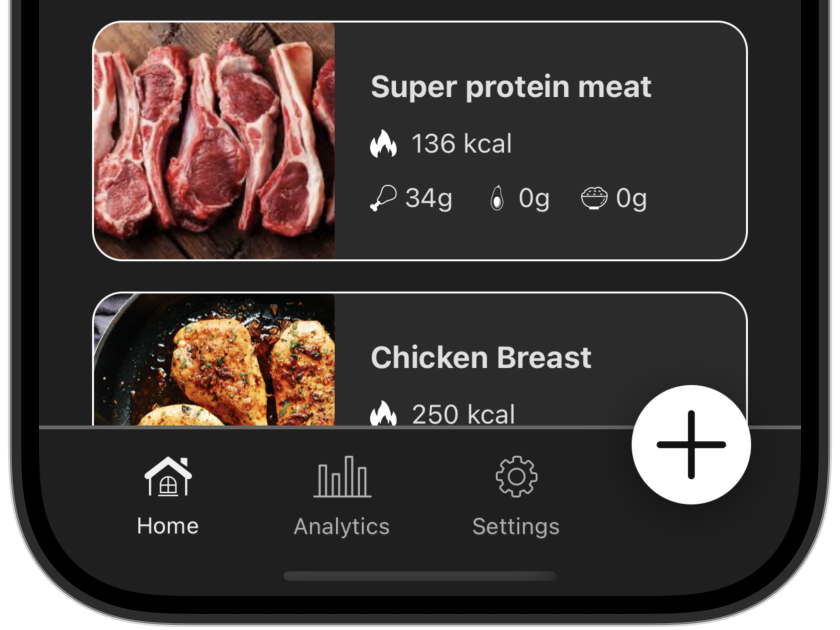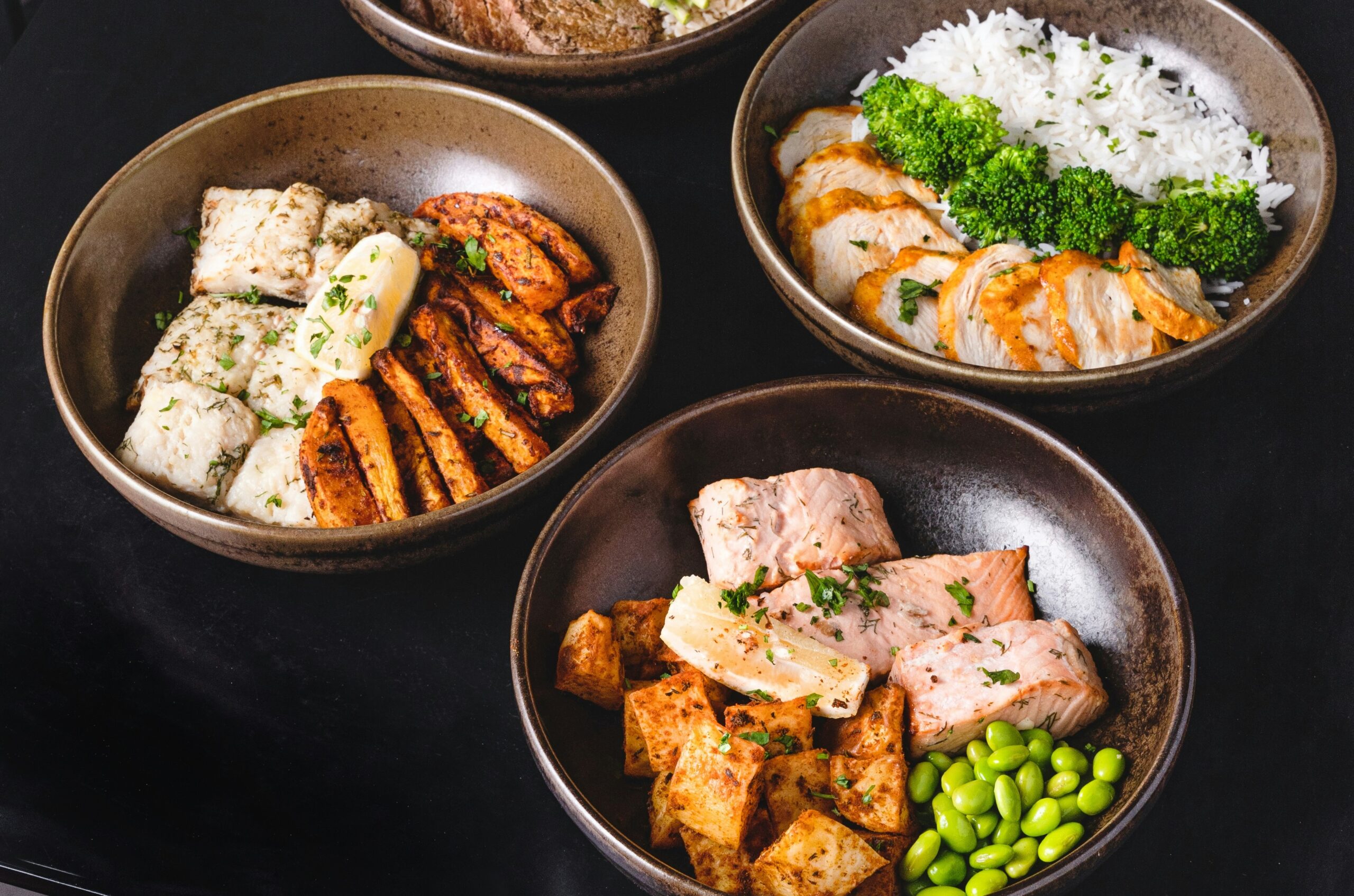Protein Requirements for Elderly Women: A Comprehensive Guide
Looking for more general info? We’ve covered broader guidelines for seniors in our earlier post, “Protein Requirements for Older Adults: Why More Might Be Better.” If you want a deeper dive into why older adults in general often need extra protein, feel free to hop over there. But if you’re a woman over 65 wondering how protein specifically impacts your health, read on—this one’s just for you.
As women age, their bodies undergo numerous changes—especially after menopause. Muscle mass tends to decline faster, bone density can decrease, and certain health conditions become more prevalent. Many experts now believe that older women need slightly higher protein intakes than standard recommendations to combat these challenges. While national guidelines often suggest around 50 grams of protein per day for older women, recent research points to higher targets like 1.0–1.2 grams of protein per kilogram of body weight. [1]
Why Elderly Women Need More Protein
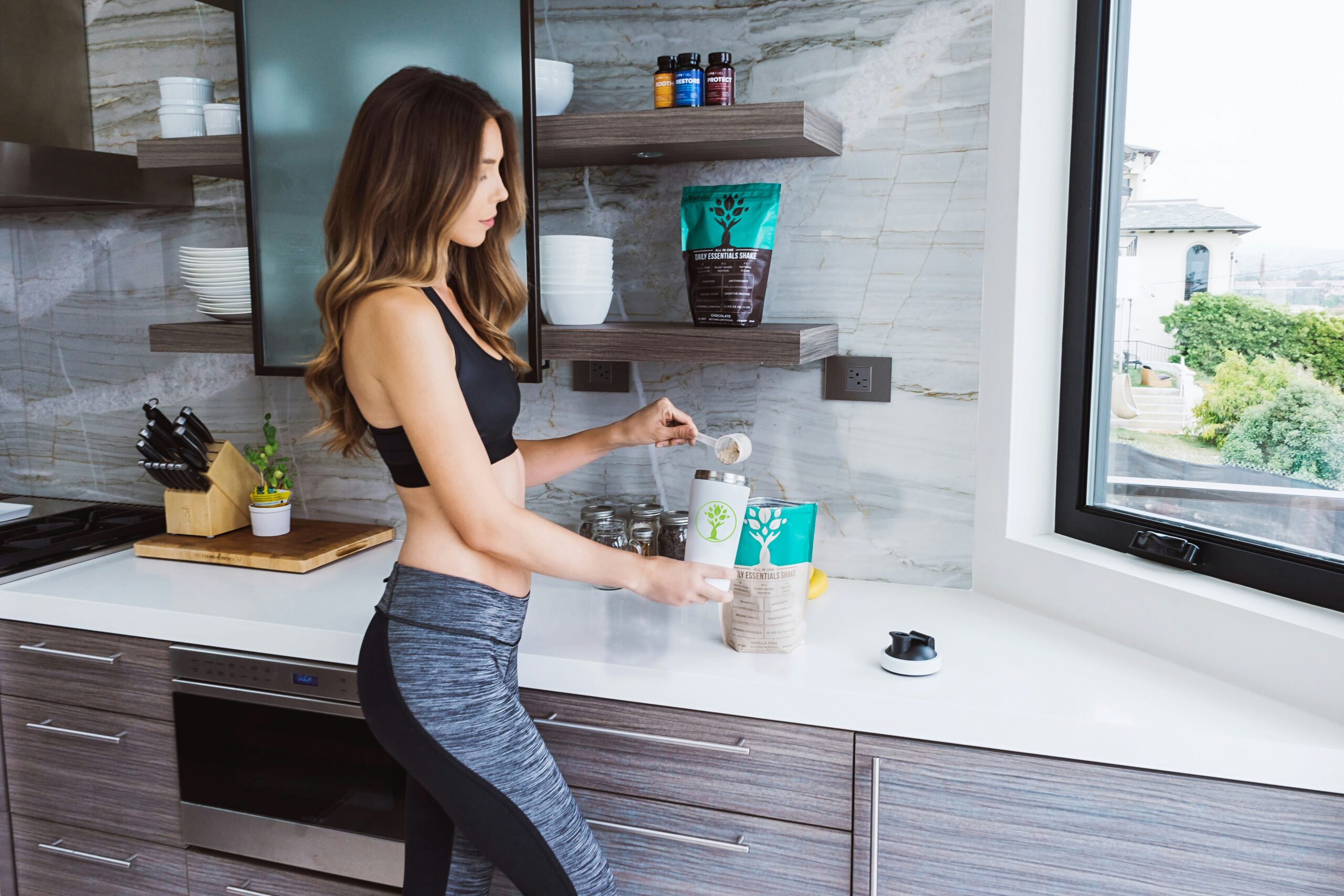
Menopause and Bone Health: After menopause, the drop in estrogen levels can accelerate bone density loss, raising the risk of osteoporosis. Adequate protein intake helps maintain bone matrix formation and is associated with a lower incidence of fractures in postmenopausal women. [2] Pairing protein with calcium and vitamin D is even more effective, since both nutrients play a key role in bone health.
Muscle Loss (Sarcopenia): Women generally have lower baseline muscle mass than men, so any age-related decline can have a bigger functional impact. Studies indicate that older women with higher protein intakes are less likely to lose muscle and become frail over time. [3]
Immune Support and Recovery: Infections, surgeries, or chronic illnesses can take a heavier toll when protein intake is low. Protein is vital for immune cell function and tissue repair, helping older women bounce back more quickly from health setbacks.
Recommended Intake: Balancing Needs and Limitations
For a healthy woman in her late 60s or 70s, aiming for around 1.0–1.2 g/kg per day is often advised ([1]). That means if you weigh 60 kg (about 132 lbs), you’d aim for 60–72 grams of protein daily. Some experts even recommend up to 1.5 g/kg if you’re dealing with frailty or recovering from illness. [4]
Of course, it’s important not to overdo it. Excessively high protein can sometimes stress the kidneys or cause dehydration if you’re not staying well-hydrated—especially if you already have kidney disease. [5] Balancing your intake with adequate water and discussing any concerns with a healthcare provider is always a wise move.
How to Get Enough Protein: Practical Tips
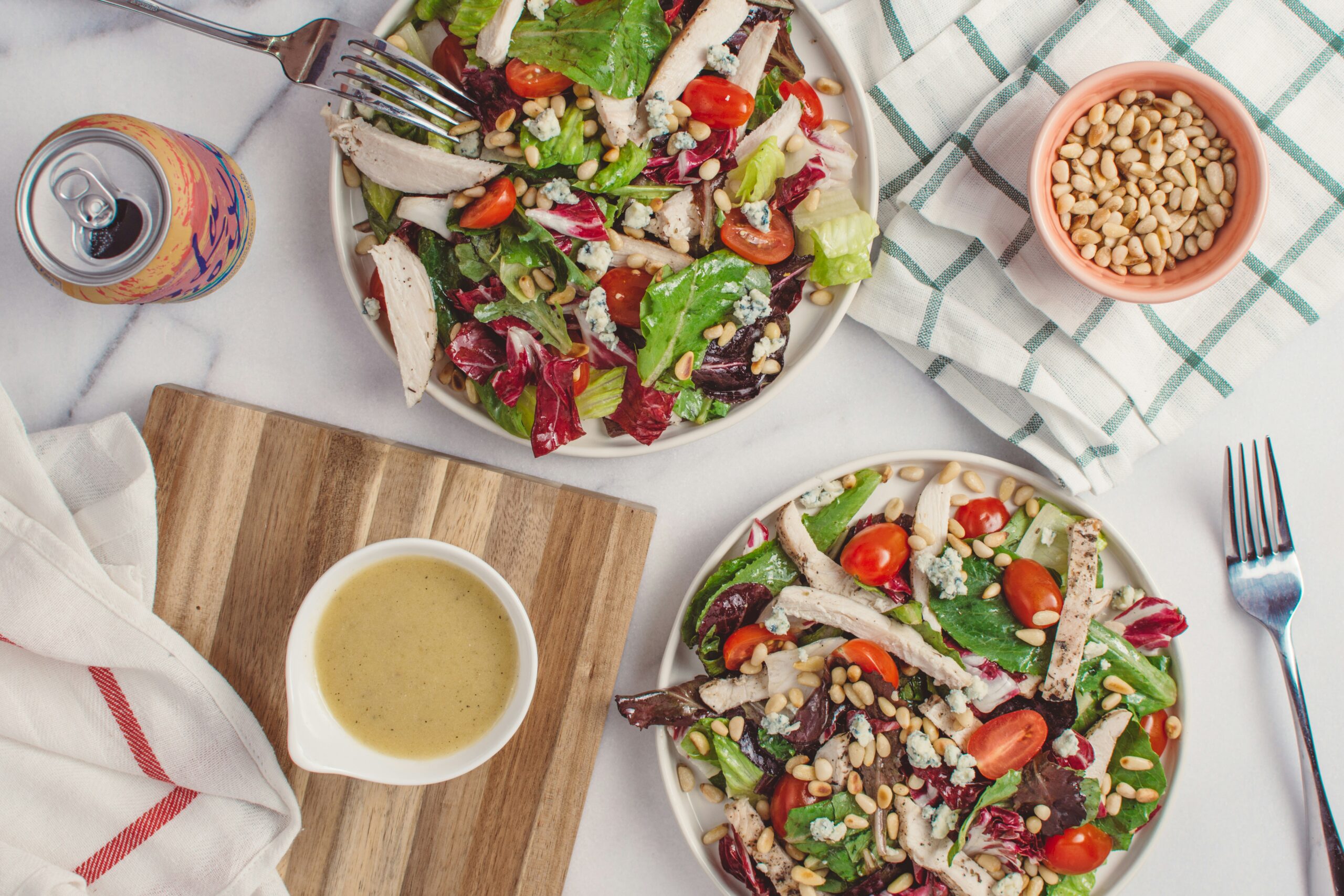
Photo by Travis Yewell on Unsplash
Spread It Out: Don’t lump all your protein into one meal (like dinner). Spreading protein across breakfast, lunch, and dinner helps maximize muscle-protein synthesis throughout the day. [6]
Pick High-Quality Sources: Lean meats, fish, poultry, eggs, low-fat dairy products, and soy-based foods (like tofu or tempeh) are rich in the essential amino acids your muscles and bones crave. Plant-based proteins such as beans, lentils, and nuts are wonderful too—but consider combining them thoughtfully to ensure a complete amino acid profile.
Focus on Soft or Easy-to-Chew Options: Many older women experience difficulty chewing or swallowing (dysphagia). If this applies to you, try preparing meats in minced form, opting for tofu, eggs, or fish that flakes easily. Adjust textures to make meals more enjoyable and safer to eat. [7] [8]
Consider Protein Supplements or Shakes: While a “food first” approach is generally recommended, adding protein shakes or high-protein snacks can fill the gap if your appetite is low. Just be mindful of your total nutrient balance and consult your healthcare provider if you have kidney issues.
Exercise Matters: Pairing Protein with Activity

Photo by bruce mars on Unsplash
When combined with resistance or weight-bearing exercises, protein becomes even more powerful. Strength training can boost muscle mass, while weight-bearing exercises like walking or dancing help maintain bone density. [9] Timing protein intake around exercise (within about 30 minutes post-workout) can further support muscle repair and growth.
Sample Meal Ideas
Breakfast: Scrambled eggs with spinach, plus a side of Greek yogurt and berries. (Approx. 20–25g protein)
Lunch: Soft white fish (e.g., cod) baked with vegetables, and a cup of miso soup with tofu. (Approx. 25g protein)
Dinner: Minced chicken or turkey patties with mashed sweet potato and steamed broccoli. (Approx. 25–30g protein)
Snack: Cottage cheese with sliced peaches, or a small protein shake if you’re short on time. (Approx. 10–15g protein)
Track Your Intake with FoodEye
Ever feel like keeping track of all this is a bit overwhelming? That’s where FoodEye comes in. Our upcoming app is designed to make recording your meals hassle-free—simply snap a photo or type a quick description, and FoodEye does the heavy lifting. Whether you’re monitoring protein for bone health or just aiming for a balanced diet, the app’s user-friendly interface helps ensure you’re hitting your daily targets without the guesswork.
Wrapping Up
Protein isn’t just for bodybuilders. As an elderly woman, upping your protein game can support muscle strength, bone health, and overall resilience. Aim for at least 1.0–1.2 g/kg of body weight daily, spread it out across meals, and combine it with weight-bearing and resistance exercise for the best results. And if you’re keen to simplify your daily meal tracking, keep an eye out for FoodEye—it’s about to make your protein goals easier to reach than ever.
Note: This article is for informational purposes only and should not be taken as medical advice. For personalized guidance, please consult a healthcare professional or registered dietitian.

